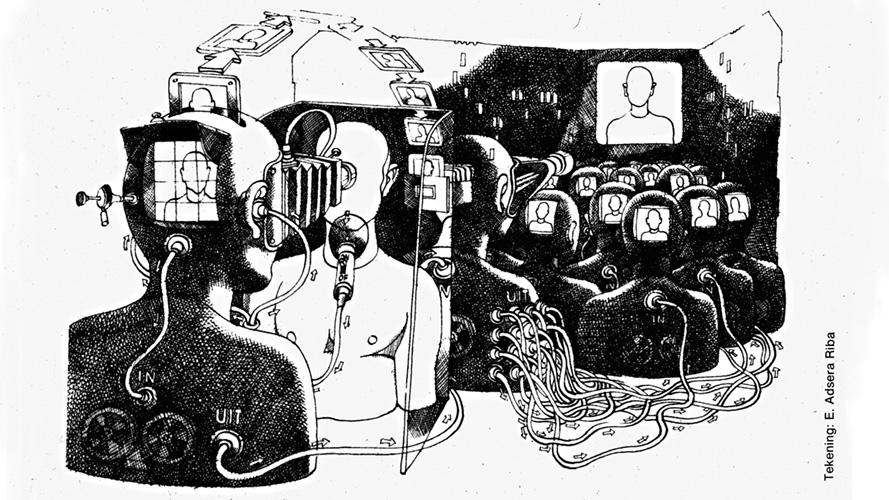Visual skills are an essential set of abilities that involve processing and understanding information through your sense of sight. They play a crucial role in how you perceive and interact with the world around you.
Visual Literacy is more how you interact with the world around you:
Visual Perception: Your eyes are like a complex camera system, constantly taking in information from your surroundings. But it doesn't stop there! Your brain processes this information, making sense of shapes, colors, patterns, and sizes, turning them into the images you see. Think of it as a partnership between your eyes and your brain, working together to create your visual experience.
Visual Memory: Have you ever been able to recall a scene from memory, like your favorite view or a movie scene? That's thanks to your visual memory. It allows you to store images and visual information in your mind so you can remember and recognize things later on.
Spatial Awareness: Visual skills also help you understand the space around you and your position in it. You can judge distances, sizes, and locations of objects, which is particularly useful when you're navigating through busy hallways, driving a car, or playing sports
Visual Thinking and Creativity: When you imagine, daydream, or come up with creative ideas, your visual skills are at work. They enable you to picture scenarios in your mind, think creatively, and express your ideas through art, design, or other forms of visual expression.
Problem-Solving and Analysis: In academics, visual skills are crucial for understanding diagrams, charts, and graphs. They also come into play when you analyze and interpret visual data, like infographics or scientific illustrations.
Reading and Comprehension: When you read a book or text, your visual skills help you process the words and sentences on the page quickly. They allow you to visualize the scenes, characters, and events described in the story, making the reading experience more engaging and enjoyable.
Technology and Media: In today's digital age, visual skills are more important than ever. They help you navigate through user interfaces, interpret visual information on screens, and understand multimedia content like videos and images.
Visual skills can be developed and improved over time with practice and exposure to various visual stimuli. Taking care of your eyes and giving them breaks during screen time is essential too. Embrace your visual abilities and they will serve you well in your academic, creative, and everyday endeavours!
🤓👁️🌟Ideas in teaching:
Maybe your students can find examples of these terms and definitions of how you percieve the world around you:
1 - Eye Movement Control -
( The ability to move both eyes together to point at an intended target or follow along a path, like a line of text)
2 - Simultaneous Focus at Far -
( Forming a clear image of something in the distance)
3 - Sustaining Focus at Far -
( Keeping an image of something in the distance clear)
4 - Simultaneous Focus at Near -
( Forming a clear image of something close to the eyes)
5 - Sustaining Focus at Near -
( Keeping a clear image of something close to the eyes)
6 - Simultaneous Alignment at Far -
( Lining up both eyes at the same point the distance)
7 - Sustaining Alignment at Far -
( Holding both eyes lined up at the same point in the distance)
8 - Simultaneous Alignment at Near -
( Lining up both eyes at the same point up close)
9 - Sustaining Alignment at Near -
( Holding both eyes lined up at the same point up close)
10 - Central Vision (Visual Acuity) -
( This is where "20/20" vision comes in!)
11 - Peripheral Vision -
( Being able to see what's on either side of you while your eyes are pointed forward)
12 - Depth Awareness -
( Being able to tell that things are further away or closer up than each other (also know as depth perception)
13 - Color Perception -
( Being able to tell different colors apart (if you are not color-blind)
14 - Gross Visual-Motor -
( Moving yourself through space without bumping into things by using information from your vision)
15 - Fine Visual-Motor -
( Writing, sewing, texting, and doing other small and close-up activities with accuracy by using information from your vision)
16 - Visual Perception -
( Being aware of your environment and what is going on around you in your visual field (the area you can see)
17 - Visual Integration -
( Bringing together your vision and your other senses to accomplish complex tasks, like reading while walking a balance beam)
https://www.covd.org/page/visual_skills (may 2024)

